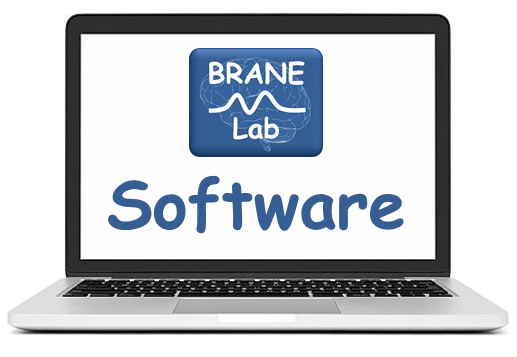Welcome to the BRANE Lab!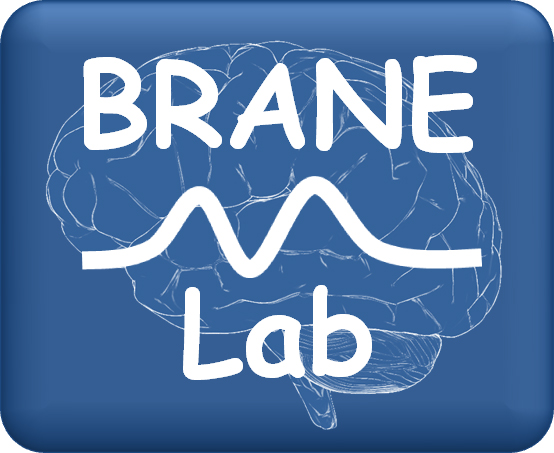
Introduction
The BRANE Lab’s research program focuses on understanding the spatiotemporal dynamics of brain functions that underlie many psychological phenomena involved in auditory processing, visual perception, audiovisual integration, and attention. We use behavioural and electrophysiological (EEG & MEG) measures to study fundamental principles of these systems and how they develop. BRANE lab’s research program uses multiple measures and methodologies to investigate perceptual and cognitive phenomena. We are particularly fascinated by how a brain functions and communicates across multiple dimensions (space, time, and frequency) and how such communication is altered by experience as a brain develops its abundant perceptual and cognitive abilities.
Current Lab Members:
Research Associates & Post-Docs
- Alex Moiseev (2011-present): Research Projects – investigating neuroimaging methods used to analyze EEG/MEG with specific focus on beamformers. (e.g., Moiseev et al., 2011; Moiseev & Herdman, 2013; Herdman et al., 2018)
PhD Students
MSc Students
- Natalie Train (2018-present): Thesis
- Sonay Cheema (2019-present): Thesis
- Heidi Schaefer (2019-present): Thesis
- Grace Purnomo (2020-present): Thesis
- Lauren Watson (2020-present): Thesis
- Candace Yip (2020-present): Research Project
Undergraduate Students
- Nima Toussi (2018 – present): Research Projects – machine learning applications for EEG/MEG and EEG signatures of orthographic processing. –> (Toussi et al., submitted)
- Priyanshu Mahey (2020-present): Research Projects – machine learning applications for EEG/MEG in studies of speech and literacy
- Catie Futhey (2020-present): Research Projects – investigating and validating inverse source modeling methods for functional connectivity analyses
BRANE Lab Alumni:
Research Associates & Post-Docs
- Sam Doesburg (2008-2011): Research Projects “MEG studies of children born preterm” –> (Doesburg et al., 2011a; Doesburg et al., 2011ab; Doesburg et al., 2010)
PhD
- Osamu Takai (PhD 2019): Thesis “Neural underpinnings of orthography in first and second language readers” –> (Herdman & Takai, 2013)
MSc Thesis
- Heather Ritchie (2017-2019): Thesis “The effect of noise floor on cortical auditory evoked potential response detection at threshold intensities” –> (Ritchie et al., submitted)
- Alicia Parfett (2016-2018): Thesis “Comparative analysis of auditory brainstem response and hearing aid fitting thresholds in auditory neuropathy spectrum disorder“
- Kyle Smith (2016-2018): Thesis “Cochlear microphonics from auditory brainstem responses of infants with auditory neuropathy spectrum disorder“
- Jennifer Cozzi (2015-2017): Thesis “Effects of attention on cortical auditory evoked potentials during a gap detection task” –> journal article (Cozzi & Herdman, 2019)
- Kelsey Meagher (2015-2017): Thesis “Effects of hearing aid processing on cortical auditory evoked potentials in normal hearing individuals“
- Rebecca Angel (2014-2016): Thesis “Cortical auditory evoked potentials to estimate gap-detection thresholds in adults“
- Ido Bornstein (2012-2015): Thesis “Behavioural measures of interference and facilitation in an audiovisual colour-word stroop matching task“
- Katie MacDonald (2010-2012): Thesis “An electrophysiological investigation of auditory temporal processing“
MSc Research Projects
- AJ Hildebrand (MSc 2018-2020): Research Project “Task effects on event-related potentials to single letters and pseudoletters” –> (Hildebrand et al., submitted)
- Jacob Rowe (MSc 2014-2016): Research Project “N-back vs. discrimination task effects on ERPs to letters and pseudoletters”
- Jeff Rowell (MSc 2014-2016): Research Project “Schlieren study of external airflow during the production of nasal and oral vowels in French” –> (Rowell et al., 2016)
Undergraduate Research Projects
Seho Bann (BSc 2017-2020): Research Project “Localization of M170 responses to letters and words”
Sewon Bann (BSc 2013-2016): Research Project “Event related potentials reveal early phonological and orthographic processing of single letters in letter-detection and letter-rhyme paradigms” –> (Bann & Herdman, 2016)
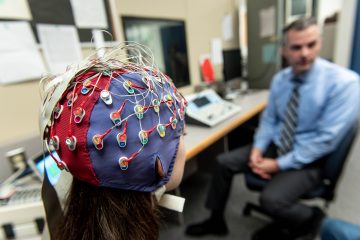 Latest Publications:
Latest Publications:
- Please cite: Herdman, A.T. (2021) SimMEEG software for simulating event-related MEG and EEG data with underlying functional connectivity. Journal of Neuroscience Methods. Volume 350, 109017 (DOI: https://doi.org/10.1016/j.jneumeth.2020.109017
- See https://audiospeech.ubc.ca/research/brane/brane-lab-software/ for more information
- SimMEEG software can be downloaded from GitHub: https://github.com/docath/BRANELab/tree/SimMEEG
- “Anatomy” files can be downloaded from one-drive: https://1drv.ms/u/s!Avt7ZLBv1uQUgmIIdGcvkpiuhohb?e=S0kX67
- Cozzi, J., Angel, R., & Herdman, A.T. (2019) How can no change in an auditory stimulus generate an N2b-P3a? Brain & Cognition (129): 9–15
- Herdman AT, Moiseev, A. Ribary, U. (2018). Localizing event-related potentials using multi-source minimum variance beamformers: A validation study. Brain Topography.
- Bann, SA & Herdman AT (2016) Event Related Potentials reveal early phonological and orthographic processing of single letters in letter-detection and letter-rhyme paradigms. Frontiers in human neuroscience.
Conference Posters
Posters at Cognitive NeuroScience Conferences 2015, 2017, and 2019
Neuroimaging Methodology (EEG/MEG)
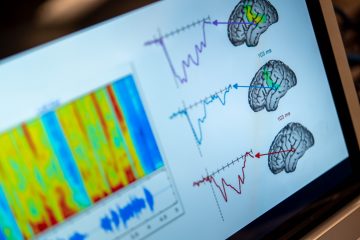 In addition to our work in perceptual and cognitive areas, we also work as methodologists in electrophysiology and neuroimaging. We develop neuroimaging tools to help answer research questions from multiple disciplines (Moiseev et al., 2011; Moiseev & Herdman, 2013; Herdman et al., 2018). We also use functional connectivity analyses to capture the exciting changes in neural dynamics. Such methods used to study these networks are now being applied to neuroimaging data to provide deeper insights into unlocking the neural codes for perception and cognition. We are excited to be working in this area, which is rapidly receiving scientific interest from many researchers around the world.
In addition to our work in perceptual and cognitive areas, we also work as methodologists in electrophysiology and neuroimaging. We develop neuroimaging tools to help answer research questions from multiple disciplines (Moiseev et al., 2011; Moiseev & Herdman, 2013; Herdman et al., 2018). We also use functional connectivity analyses to capture the exciting changes in neural dynamics. Such methods used to study these networks are now being applied to neuroimaging data to provide deeper insights into unlocking the neural codes for perception and cognition. We are excited to be working in this area, which is rapidly receiving scientific interest from many researchers around the world.
Visual Experience
One main objective of BRANE lab’s basic scientific research is to investigate the normal brain functions related to visual expertise. We use reading as a model of visual expertise and have shown that brain responses to unfamiliar pseudoletters are delayed in an object processing network with additional findings of greater gamma-band activity and delayed functional communication within this network for pseudoletter as compare to letters (Herdman, J.Clin.NeuroPhys. 2011; Herdman & Takai, Frontiers Human Neuroscience 2013; Bann & Herdman, Frontiers Human Neuroscience, 2016). Collectively, we interpreted these results as indicators that experience with letters modifies the visual network by shifting it to be a faster, more holistic processor for letters than for pseudoletters in a similar manner to that shown to be used for processing faces as compared to inverted faces.
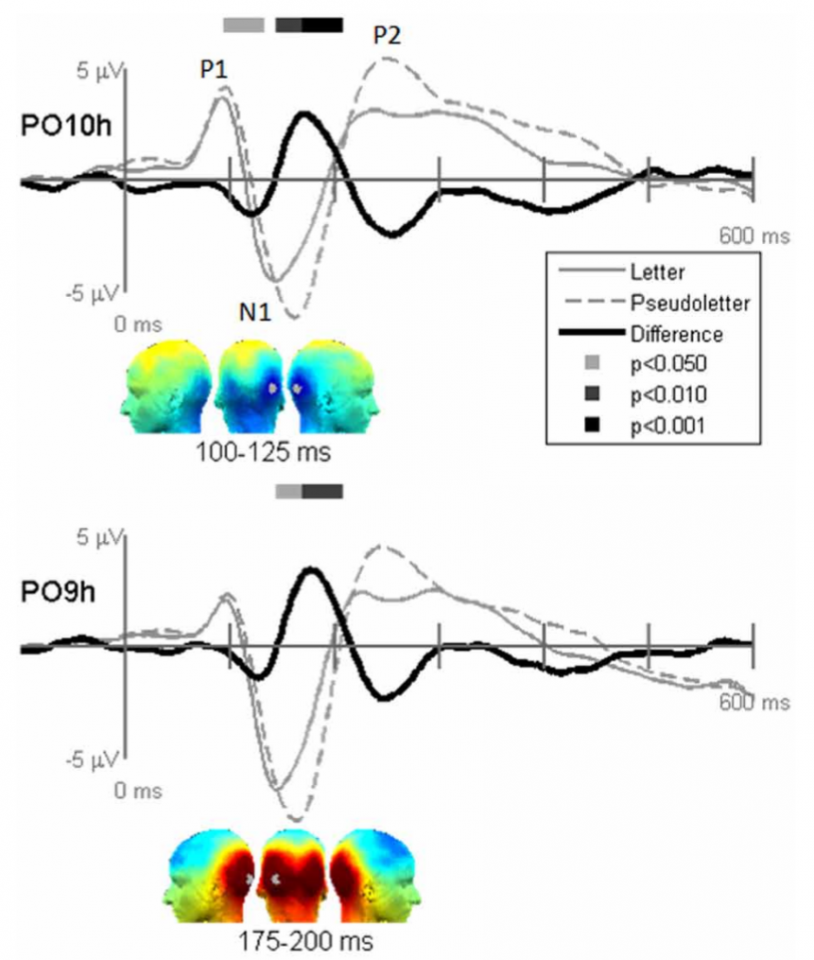 Figure 4 from Herdman & Takai, 2013
Figure 4 from Herdman & Takai, 2013
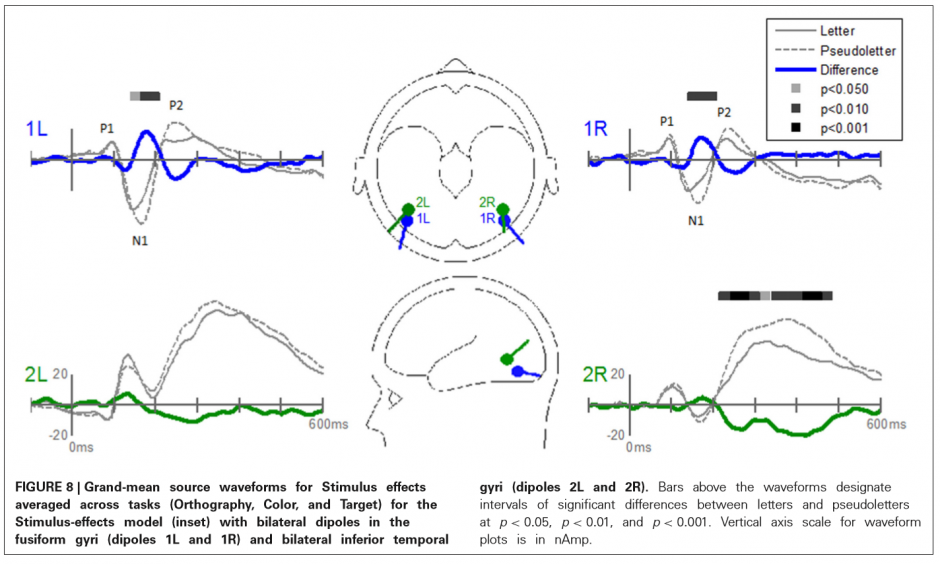 Figure 8 from Herdman & Takai, 2013
Figure 8 from Herdman & Takai, 2013
Central Auditory Processing
A new line of research in the BRANE lab is investigating the use of electrophysiological responses in assessing central auditory processing . One specific aim is to evaluate the accuracy and precision of using cortical auditory evoked potentials (CAEPs) to estimate behavioural gap-detection thresholds (McDonald & Herdman, in revision; Angel & Herdman, in revision). This will help determine if we can use CAEPs as an objective estimate of auditory temporal resolution. These studies are needed to lay the foundation in order to proceed to evaluate the validity of using CAEPs in testing individuals with central auditory processing disorders.
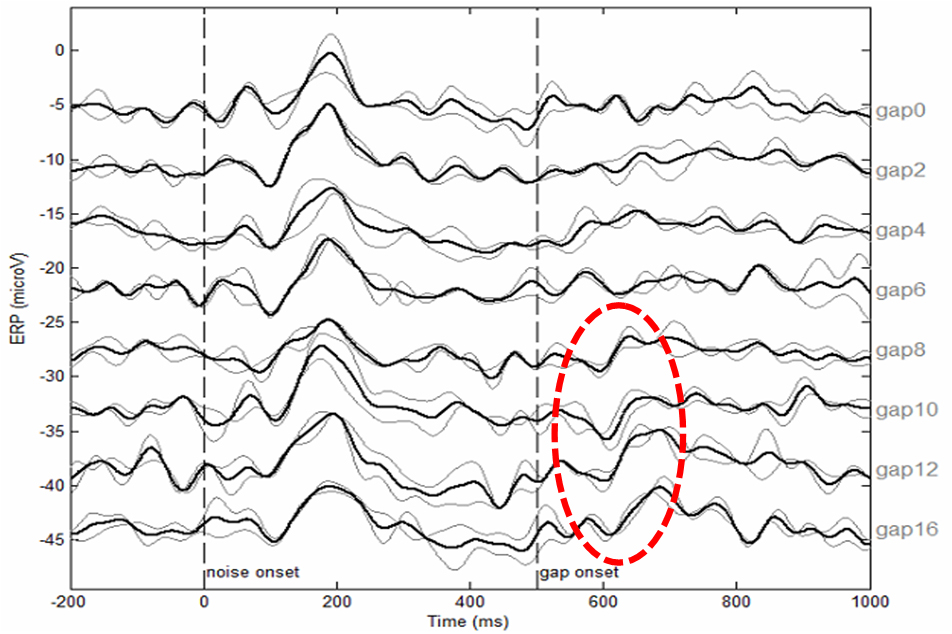
Gap-evoked CAEPs from a participant with normal auditory temporal resolution(behavioural gap-detection threshold = 5 ms). Two experienced raters judged gap-evoked CAEPs (N1-P2 complex) to be present for gap durations of 8, 10, 12, and 16 ms (as highlighted within the red hatched oval). Thus, CAEP gap-detection threshold was determined to be 8 ms for this participant. Gap durations for each waveform are designated on the right vertical axis. Black-thick line represents the average ERP of the two replications of 50-trial averages (gray lines).
Auditory Selective Attention
Our work on children’s selective attention has provided insights into the neural underpinnings of how socioeconomic gradients can alter the developing brain (D’Angiulli, Herdman, Stapells, and Hertzman, Neuropsychology, 2008). Our results demonstrated that children from low-socioeconomic families recruit a more frontally-mediated system to perform auditory selective attention, whereas children from high-socioeconomic families use more of an auditory-dependent network. Follow-up research showed that selective attention appears to mature from higher-to-lower stages of information processing (Herdman, Brain Topography, 2011). This could have potential implications for understanding neural development of children’s selective attention.





